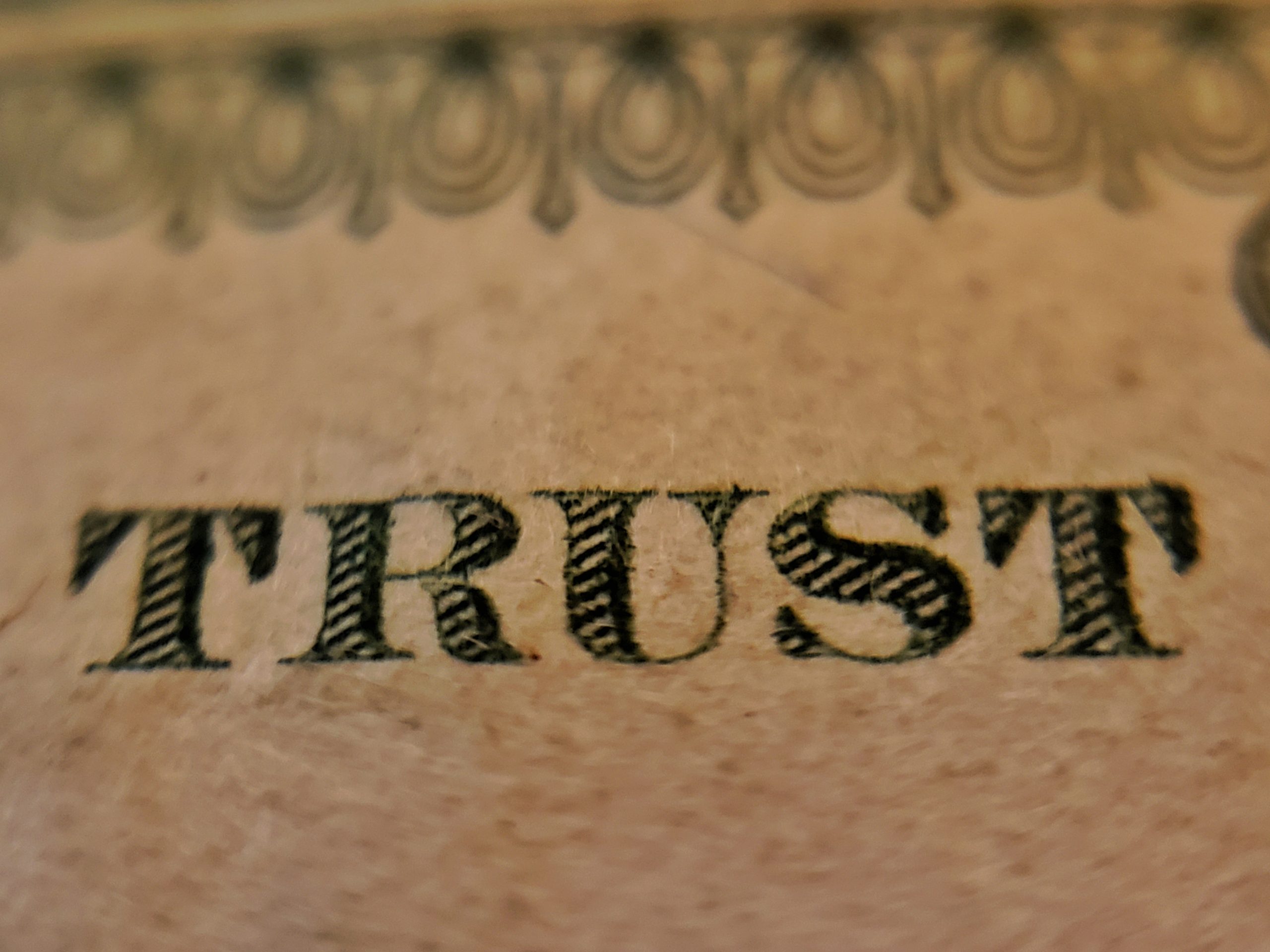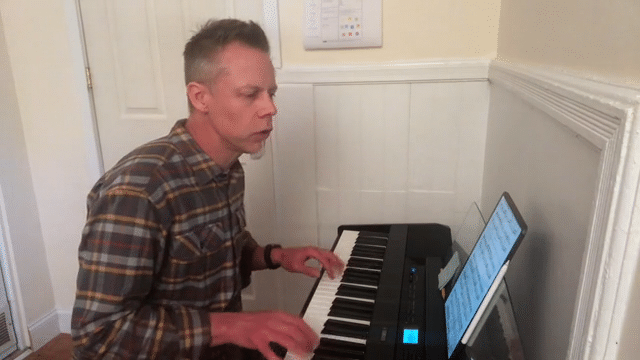These are my notes from a presentation I gave Saturday at MobiCamp Boston 2.
The pitch
- You are building a mobile app
- You want it to be successful
- How do you do that?
- Is there something in product development that you can control? Of course, but we all know how to build a great app, so that doesn’t distinguish you.
- So it’s all about the marketing, right?
- I surveyed six mobile apps to find out why some of them are successes and other are not.
- What are the key mobile success factors that will help you win?
- Sit in on my talk to hear about the survey and find out why some apps succeed and some don’t.
Intro
- We can all build excellent mobile apps
- What it is that makes successful mobile apps?
- If you were to build a new mobile app, what kind of app would be your best bet? What kind of marketing would be your best bet?
- Be patient–the answers come later in the talk.
- Disclaimer
- This is early research.
- Think of it as the seed of some useful information.
- Needs to be tuned and improved
Motivation
- Given two apps that are almost exactly the same, why is one successful but the other is not?
- How can all the apps we build be successful?
- Background reading
- Theory of Constraints
- A friend gave me the book The Goal: A Process of Ongoing Improvement by Eli Goldratt
- A business novel. Instead of a dry how to guide, it is a dry novel, telling the story of a business team running a division of a failing company and how they fix it, make it succeed.
- Got excited about it, read the two follow up books
- Scrum
- ToC, Toyota production system tuned for software engineering (really for any business)
- Toyota production system
- Eliminate waste
- For software, see Scrum: don’t do things that have low business value
- Theory of Constraints
- ToC process
- Identify your goal
- Identify the biggest constraint on achieving your goal
- Globally, through the whole system, not just in your area of responsibility (for me, this means not just in software engineering)
- Fix that constraint
- Repeat
- ToC in practice, for mobile apps
- Identify your goal
- Make money by building successful mobile apps
- Identify the biggest constraints on achieving your goal
- Product development
- How can I build more apps faster?
- Marketing
- How can I sell more apps after they are built?
- Product development
- Prioritize
- Fix that constraint
- Repeat
- Identify your goal
Product development
- Product life span
- Product development is most expensive, most time consuming, riskiest part
- Large revenue opportunity at end of product development
- Definition: everything that goes into building an app suitable for sale to consumers
- UX design
- Software engineering
- Most expensive, most time consuming, riskiest part
- Address via Scrum
- Scrum is like Theory of Constraints tuned for Software Engineering. When applied well here, Scrum mitigates this constraint, but doesn’t eliminate it.
Marketing
- Product life span
- Many smaller revenue opportunities beginning at product launch
- Definition: everything that goes into selling the app to consumers and making money on it
- Given two apps that are almost exactly the same (Music1 and Music2), why is one successful but the other is not?
- Same product development work, so eliminate product development as biggest constraint
- It must be the marketing–our biggest constraint on success
Methodology
- Identify mobile apps to evaluate
- Identified six mobile apps
- Due to nondisclosure agreements, cannot name apps, who built them, or for whom they were built
- Things these apps have in common
- All apps are currently available to consumers
- All apps have a monthly subscription revenue model, not one time purchase
- All are data connected. Getting and storing data OTA on a remote server
- None are iPhone App Store apps
- Some are downloadable app’s, some are preloaded on phones, some are web apps
- Gauge each app’s perceived level of success
- Ask producer, sponsor: is this app successful?
- Keep it simple: binary answer, Yes or No
- Qualitative, not numeric. “I know it when I see it.”
- Adequate for this study; people have internalized goals for the apps and have no hesitation communicating whether an app is successful or not
- 3 successful, 2 not successful, 1 not sure
- Ask producer, sponsor: is this app successful?
- Enumerate obvious characteristics/dimensions
- 22 characteristics/dimensions to help understand why some apps succeed and other don’t
- Mostly marketing oriented, but some product development oriented
- State each characteristic as a predicate, e.g. Is it a web app? Is it inexpensive? Does it include streaming video?
- Keep it simple: binary answer, Yes or No
- Try to construct the predicate such that the answer should be positive for a successful app
- For each characteristic/predicate/dimension
- Answer the predicate for each app: Yes or No.
- Predicate nature keeps it simple.
- Derive a success correlation score
- The probability that a successful app has this characteristic
- If you have this characteristic, are you likely to succeed?
- The number of Yes answers divided the number of successful apps
- Derive a failure correlation score
- The probability that an unsuccessful app lacks this characteristic
- If you lack this characteristic, are you likely to fail?
- The number of No answers divided by the number of unsuccessful apps
- Combine success score and failure score into a weighted score
- weighted-success-correlation = success-correlation * num-successful-apps
- weighted-failure-correlation = failure-correlation * num-unsuccessful-apps
- weighted-score = (weighted-success-correlation + weighted-failure-correlation) / num-apps
- Answer the predicate for each app: Yes or No.
- Sort dimensions by combined weighted success score
- High score => correlates to success
- Low score => does not correlate to success
- If combined weighted success score is >0.50, then the dimension is a success factor
- In general, ignore the “not sure” app. It is not obviously either a success or a failure, so its results don’t help.
Results: top success factors
- High: combined weighted correlation score == 1.00
- Acceptable number of subscribers
- A proxy for “acceptable monthly revenue”
- “Acceptable” different from “high”. Depends on app’s target number of subscribers or target revenue.
- A new app with 1,000 subscription events per month might be acceptable. An app that had high product development cost and has 100,000 subscription events per month might be unacceptable.
- Based on your criteria, if the app’s number of subscribers meets its target, whatever that target is, then the app is successful.
- Inexpensive (Retail price less than $2.75 per month)
- Consumers will buy it if it’s inexpensive.
- $2.50 per month is an attractive price point.
- Two of the successful apps are quasi-free: included for free
- In monthly membership of a related service, or
- In the price of the carrier’s data plan.
- Unsuccessful apps are as high as $5 per month
- Web app
- Two of the successful apps are web only
- One of the successful apps is both web and download/preload
- Web apps have a low barrier to use compared to download apps
- There is nothing to download–just launch it in your mobile web browser
- Successful apps are either
- Easy to find on carrier deck, or
- Have easy way to send URL to your phone via SMS
- Easy to adapt web app to large number of devices
- Acceptable number of subscribers
- Next best success factors: combined weighted correlation score == 0.80
- Small carrier size
- Small carrier == has less then 50million subscribers
- Two of the successful apps are on a small carrier deck
- Both of the unsuccessful apps are on a large carrier deck
- Few competing apps on deck / in app store
- Two of the successful apps are one-of-a-kind on the carrier deck
- The two unsuccessful apps have many competitors
- May be a corollary to “Small carrier size”
- Do app vendors perceive “large carrier” as “large potential market of consumers”? Are too many vendors attracted to large carriers, leading to too much app competition?
- Long term deck / app store promotion
- Two of the successful apps have been long term featured items on carrier’s deck
- The two unsuccessful apps have not been featured items for more than one or two weeks at a time.
- Carrier branding
- Two of the successful apps are the “CarrierX Special Cool App”, extending the carrier’s brand name to the product category
- Neither unsuccessful app is carrier branded.
- Another corollary to “small carrier size” and “long term deck / app store promotion”? Does carrier prefer to promote it because of the branding?
- Small carrier size
Results: bottom success factors (non-success factors)
- Product category
- Not a numeric success score
- The factor that got me started on this: if two apps are virtually identical, but one is successful and the other isn’t, why?
- Survey uses category names from iPhone App Store. 2 Music apps, 2 Entertainment apps, 1 Lifestyle, 1 Sports
- One Music app is successful, the other isn’t
- One Entertainment app is successful, the other isn’t
- Product category not a predictor of success.
- Low: combined weighted correlation score == 0.20
- Product >12 months on market
- Product age does not correlate to success
- One successful app is one month old; another is 24 months old
- Short term deck / app store promotions
- Similar to, but not the exact complement of “long term deck / app store promotion”
- Occasional short term promotions do not yield success
- Short term mobile web advertising
- Targeted to supported devices
- Occasional short term advertising does not yield success
- No apps had long term mobile web advertising, so don’t know whether that would be a success factor
- Famous brand
- Only one of the successful apps has a famous brand name
- Both unsuccessful apps have a famous brand name
- Downloadable app
- Similar to “web app”
- Downloading is a barrier to installation?
- More difficult to adapt app to a large number of devices
- Device fragmentation: Java, BREW, iPhone, Android, screen sizes, etc.
- Streaming video
- Only one successful app is video oriented
- Both unsuccessful apps contain stream video
- Product >12 months on market
Conclusion
- If you were to bet on the success of a new mobile app, what should you look for?
- Bet on
- Inexpensive (Retail price less than $2.75 per month)
- Web app
- Or at least a web alternative to a download app
- E.g. Remember the Milk
- Few competing apps on deck / in app store
- Long term deck / app store promotion
- Don’t bet on
- Downloadable app
- Streaming video
- Short term promotions or advertising
- Famous brand
- It’s only six apps with a specific revenue model (monthly subscription)–may not apply to you
Next steps
- Identify additional apps to evaluate
- Including single-purchase apps
- Global survey?
- Devise a quantitative measure of app success
- Better than “I know it when I see it.”
- Identify additional dimensions (including more non-marketing factors), evaluate apps in those dimensions
- Free trial
- Strengthen statistical model
- Although these initial results pass the stink test
- Stink Test: If it smells rotten, it probably is.
- These results don’t smell rotten.
- Although these initial results pass the stink test
- Grow this seed into a useful tree.





